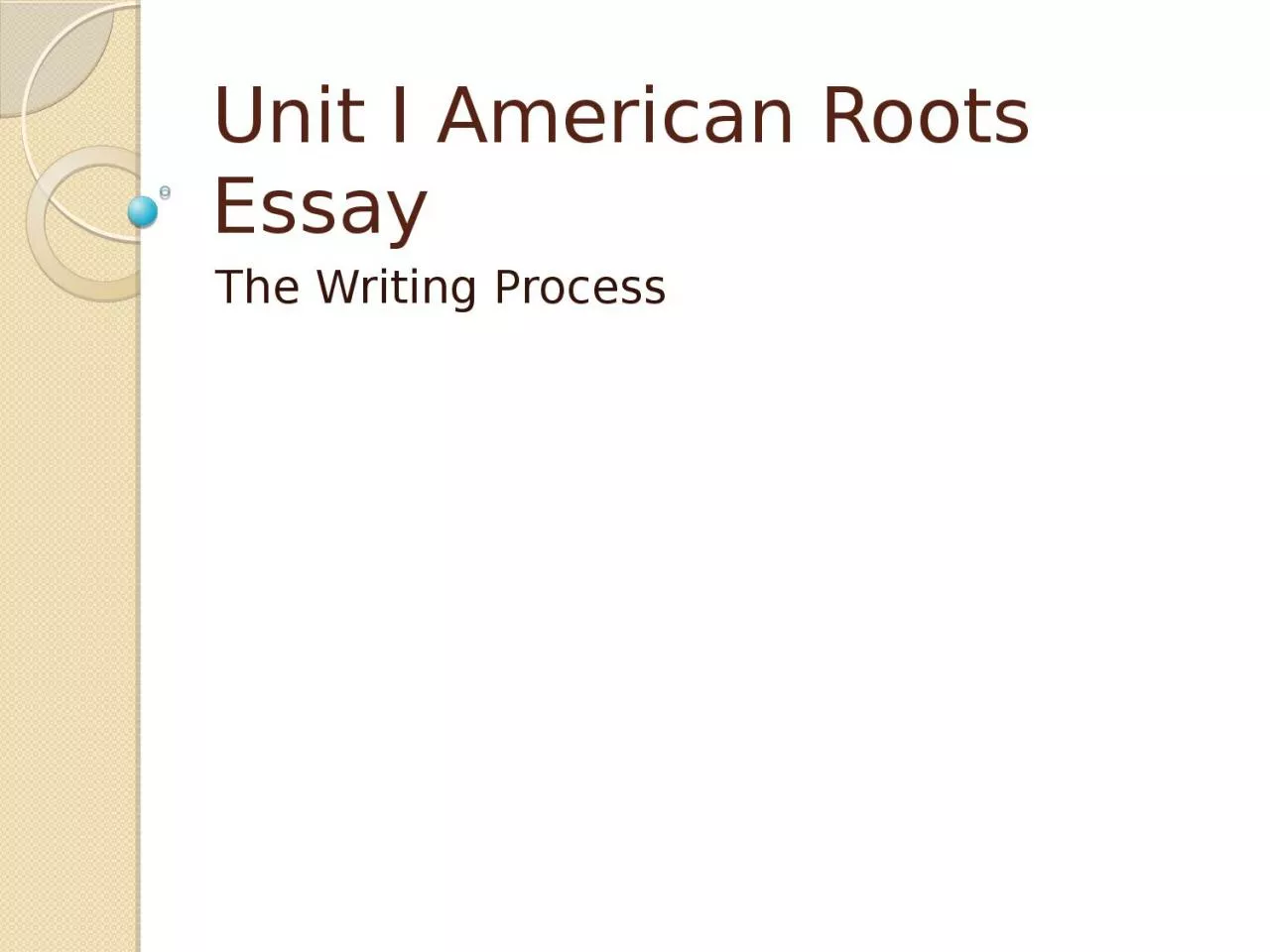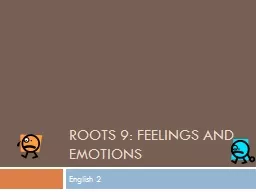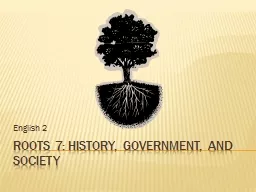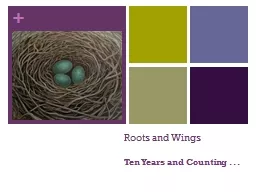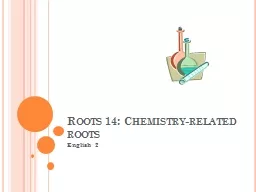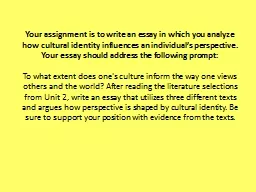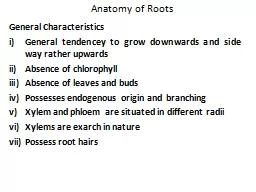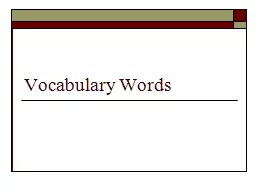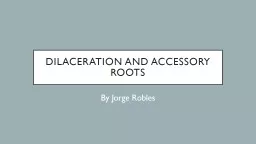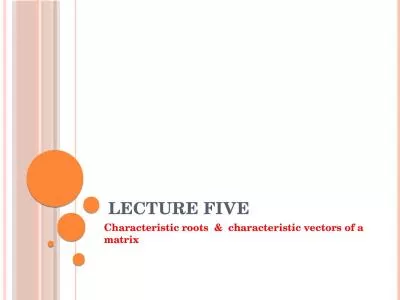PPT-Unit I American Roots Essay
Author : ButterflyHeart | Published Date : 2022-08-02
The Writing Process Timeline 11 Thesis due Monday September 23 Introduction due Tuesday Sept 24 Rough draft due Thurs September 26 Final draft due Wednesday
Presentation Embed Code
Download Presentation
Download Presentation The PPT/PDF document "Unit I American Roots Essay" is the property of its rightful owner. Permission is granted to download and print the materials on this website for personal, non-commercial use only, and to display it on your personal computer provided you do not modify the materials and that you retain all copyright notices contained in the materials. By downloading content from our website, you accept the terms of this agreement.
Unit I American Roots Essay: Transcript
Download Rules Of Document
"Unit I American Roots Essay"The content belongs to its owner. You may download and print it for personal use, without modification, and keep all copyright notices. By downloading, you agree to these terms.
Related Documents

